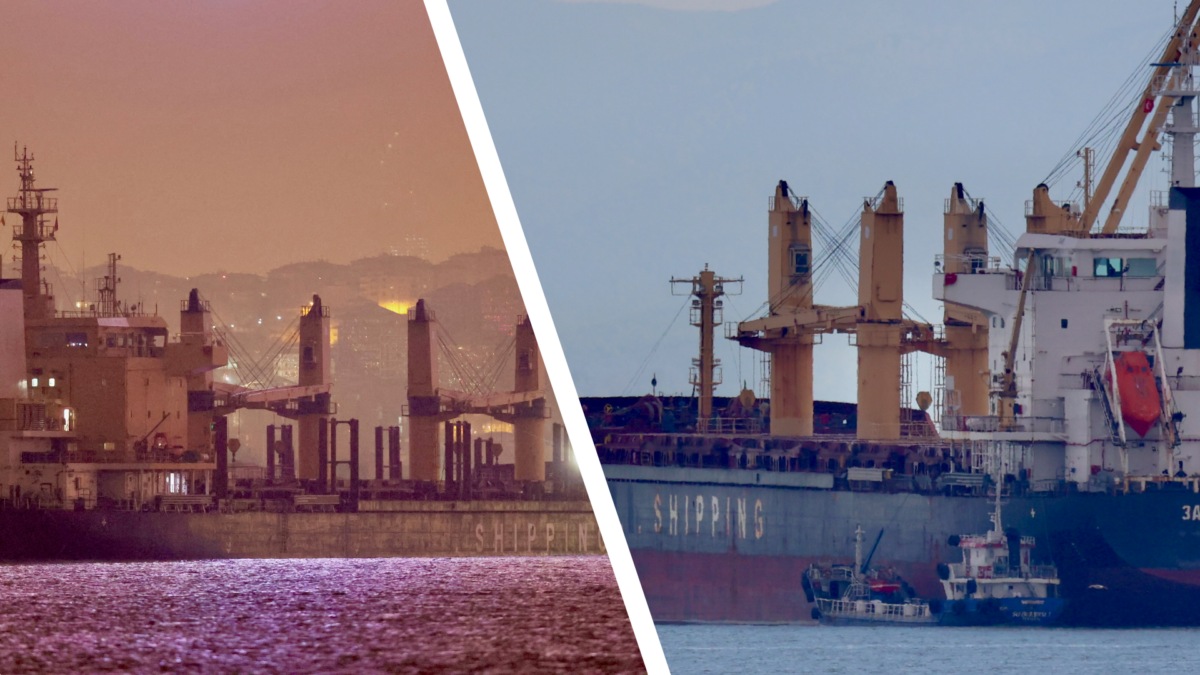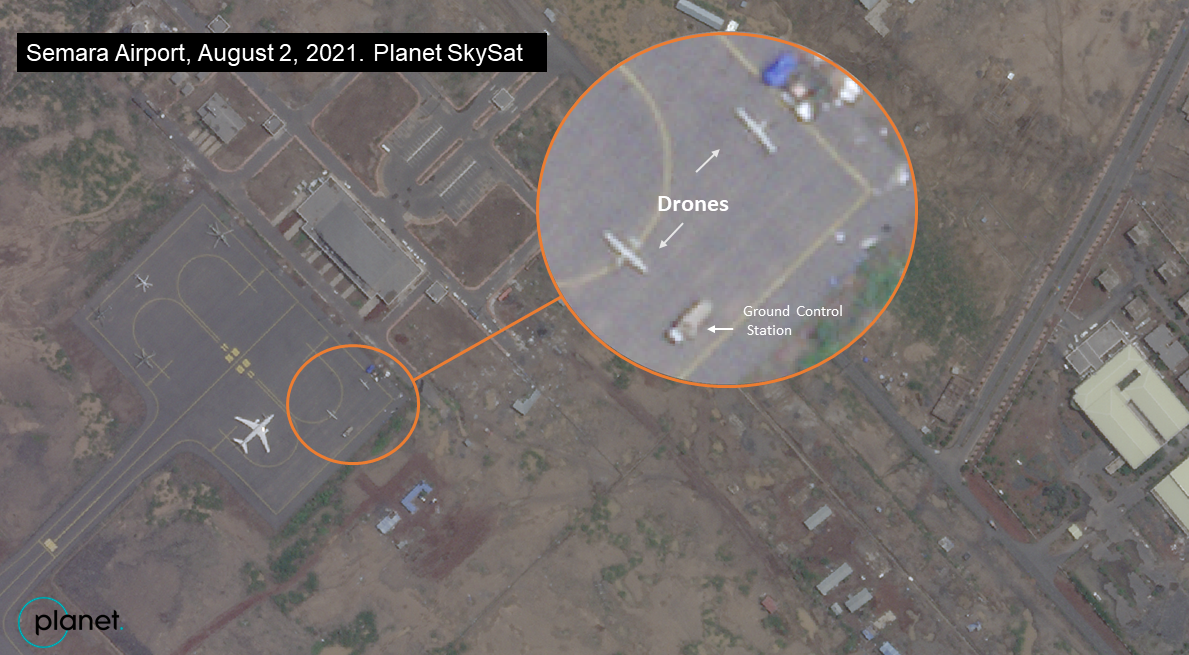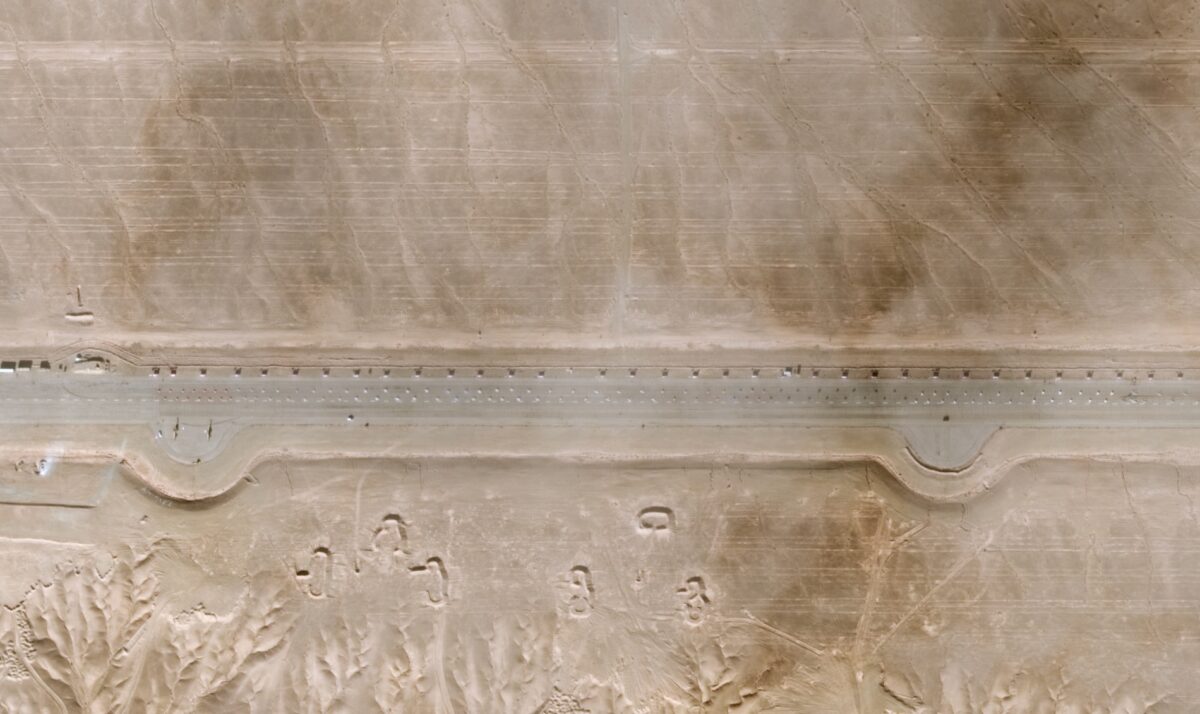Iran ISOICO Shipyard Update
The latest commercial satellite imagery shows some new developments at Iran’s ISOICO shipyard near Bostanu. In June, the Kilo-class attack submarine and the Kharg (431) replenishment ship departed the shipyard and relocated back to Bander Abbas naval base. The vessels have been located at the shipyard since October 2015 and November 2014, respectively. While the Kharg returned to its normal berthing position on the peninsular breakwater, maintenance of the deck had not been completed at the time of capture. The Kilo relocated to its normal berthing position or possibly entered the dry dock.
Meanwhile, the Jamaran (76) FFG was pulled out of water for routine maintenance, and was positioned for repairs near a Hengam-class LSLM. Other vessels of note include the hull of a probable Sina-class boat which had prior been in the fabrication shop. The vessel exhibited no evidence of further fitting out. There’s also a Ghadir coastal submarine which is undergoing extensive maintenance near the ship workshop. Imagery from April showed the submarine in two pieces. The Ghadir sat near Iran’s homegrown research vessel which had yet to leave the shipyard. Likewise, Iran’s homegrown tanker has yet to be completed and remained berthed near the floating dry dock without its deck house.
Beyond military, one of Iran’s offshore oil platform modules had been loaded on a barge for its next phase of fitting out. Iran claimed in 2014 to be self-sufficient in building offshore oil platforms. However the country inked an agreement with Russia’s Krasnye Barrkady (Red Barricades) to construct additional rigs for exploration in the Persian Gulf. The agreement reportedly included a technology transfer arrangement. Elements of Iran’s offshore platform construction span multiple shipyards including the ISOICO, Sadra Island, Qeshm Island and Khorramshahr, according to imagery analysis.
In related news, Iran has quickly ramped up production since implementation day, pumping over 3.6 million barrels per day (mb/d) in July 2016, according to OPEC. It expects to move toward 4.8 mb/d by 2021, but to do that the country requires nearly $70 billion in foreign capital to hit the target. Similarly, exports are on the rise with the country ramping up crude to Asia, especially China and India. China is in the lead importing around 603,000 bpd while India, though gaining, was around 338,000 bpd near the end of July. Available data from Japan showed the country near 206,000 bpd in the first six months of 2016. Likewise, Iranian crude exports to the EU have risen substantively, though appear to be encountering greater competition in July. So far, exports to the EU peaked in May at more than 350,000 bpd or about half of their pre-sanction levels. Given Iran’s production targets and US shale oil production productivity, it’s unlikely the crude glut will disappear any time soon. Most analysts expect prices to remain lower for longer.




